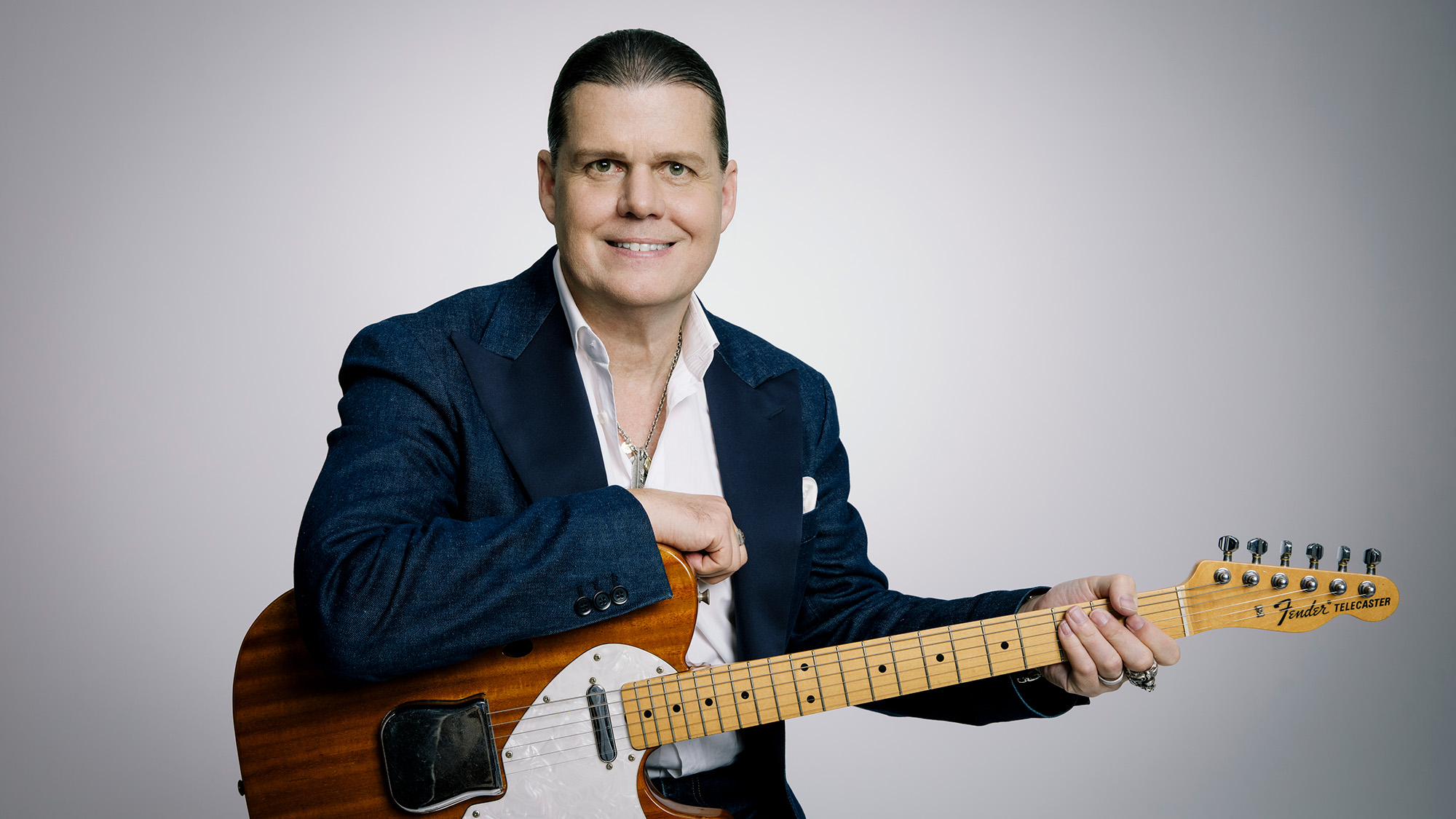The GAS Man: Should You Buy That Vintage Wreck? Part 2

In part one, I discussed my own experience in successfully buying a vintage guitar in need of major repairs.
Spending money on any guitar that requires substantial repairs before you can play it is a risky proposition, even more so when it’s a vintage example and its originality can be affected. But buying beat also gives you a chance to get a guitar you might not be able to afford otherwise.
Part three will give you some specific questions to ask regarding the repair work, but here are general questions to consider about the guitar itself.
Has a competent repair person looked at it?
You need to know all the issues with the guitar. If you’re not buying from someone who does and can give you an accurate assessment, arrange for an expert to look it over inside and out. This will tell you what is wrong with the guitar and what it will cost to repair or restore. When it comes to vintage guitars, ignorance is expensive. If you’re not an expert, get the advice of someone who is.
In the best of all worlds, you should arrange to bring the guitar in for a detailed repair estimate before purchasing.
What will its value be when it’s repaired?
All the latest guitar news, interviews, lessons, reviews, deals and more, direct to your inbox!
It’s easy to end up with a guitar that will cost more to restore than buying an all-original version would have set you back in the first place. Don’t spend $3000 to end up with a $2000 guitar that’s no longer all original, especially if you’re buying it as an investment. It’s one thing to overspend if the guitar has emotional value, such as your dad’s old Eko. But realize you probably won’t get all your money back if you choose to resell it later on.
You may be better off buying a guitar that doesn’t have issues to begin with. And you almost certainly want to avoid having work done that devalues the guitar. For instance, stripping the original, worn finish from a vintage instrument and refinishing it may make it look like new, but can also strip a third off it’s value.
How much do you like the guitar?
- You’re going to invest time and money getting this guitar fixed up. It’s not worth the effort if you don’t care much about the result. I have only bought damaged guitars twice, and they were for models that I had wanted for a long time but couldn’t justify paying top dollar for.
- What do you intend to do with the guitar once it’s repaired?
Decide whether you are fixing it to play or sell. For playing, it’s all about sound and function, for selling, it’s that as well as originality of parts. In the latter case, you may have to spend a lot more time and money to track down original parts.
Do you mind non-originality?
I’m the only one playing my repaired 1950 Gibson J-45, so I don’t care that the bridge, nut, endpin, and part of the heel aren’t original. They function just like the original. Since I didn’t plan on selling my guitar the issue wasn’t about investment value, it was bang for buck.
Can you start small, perhaps with a fixer upper?
Maybe you can start by getting a guitar you can use and fix as you go. I once bought a 1952 Tele that had the wrong bridge pickup and needed new frets. Worn as it was, at least it was playable until I saved up the money to buy a vintage pickup and have the frets replaced.
Can you tell how it’s going to sound and play before you fix it?
Buying a guitar that is in pieces is much more of a crap shoot. In the case of my J-45, even though it needed a neck reset, I already knew it sounded amazing, and was likely to sound better and certainly to play better once the neck angle was corrected. The price you pay should reflect the odds of it turning out the way you want.
Will it sound and play the same as an original version that didn’t need repairs?
My J-45 came back sounding and playing better than when it left. That’s because with the cracks cleated, the heel repaired, and the neck reset at the correct angle, it was in the proper mechanical geometry to work as intended. But if you buy an old Gibson whose top is beyond repair, don’t expect it to sound like an old Gibson when it comes back with a new spruce top.
Are you willing to gamble?
Despite your (and your luthier’s) due diligence, surprises can crop up, and it’s still possible you may end up with a wall-hanger.
I once brought a 1930 Gibson L-0 to the owner of a very reputable vintage guitar store, because I was concerned it might have a broken cross brace. He looked inside the soundhole with a mirror and assured me it was structurally sound. After I bought it, I found out both main braces were indeed broken and the entire back had to be removed and new bracing fitted. Oops.
OK, now that you have an idea of some of the issues involved, in the final part of this series I’ll give you some specific questions to ask your luthier before you buy.
William Baeck is a writer, photographer and hack guitarist living in London. You can check out his webpage at williambaeck.com and reach him on Facebook and Twitter.
